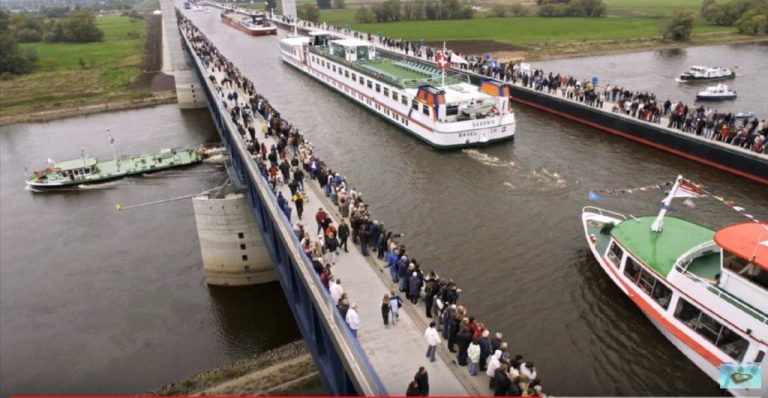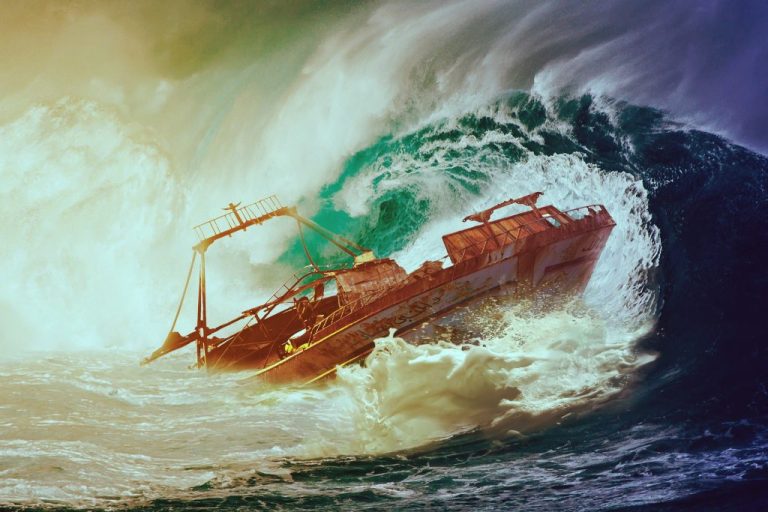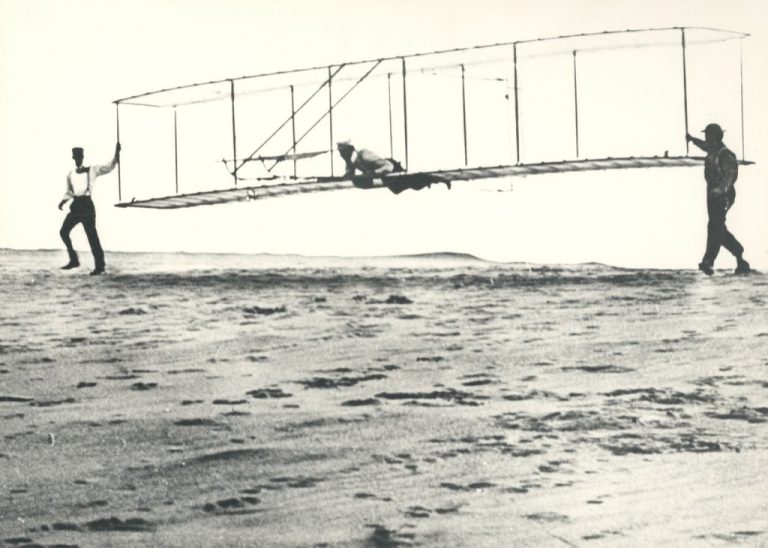Write-Up
This post discusses frequent mistakes in SR&ED writing. 'Speaking technical" is not enough. You must know WHAT to say and HOW to say it
It is the attempt to go beyond the state of the art (standard practice), that demonstrates the eligibility for SR&ED credit
Writing advancements means you have to show the progress, what you learned in the experimental process while solving the technological uncertainties
Know how to write uncertainties : this is where you detail the uncertainties that are the core of your argument, why you believe your project is SR & ED.
How to write SR&ED description : You must sell the systematic process used to resolve the technological problems encountered in the project.
We illustrated four very common positioning errors when writing your R&D claim. It is important to understand why they are inadequate.










